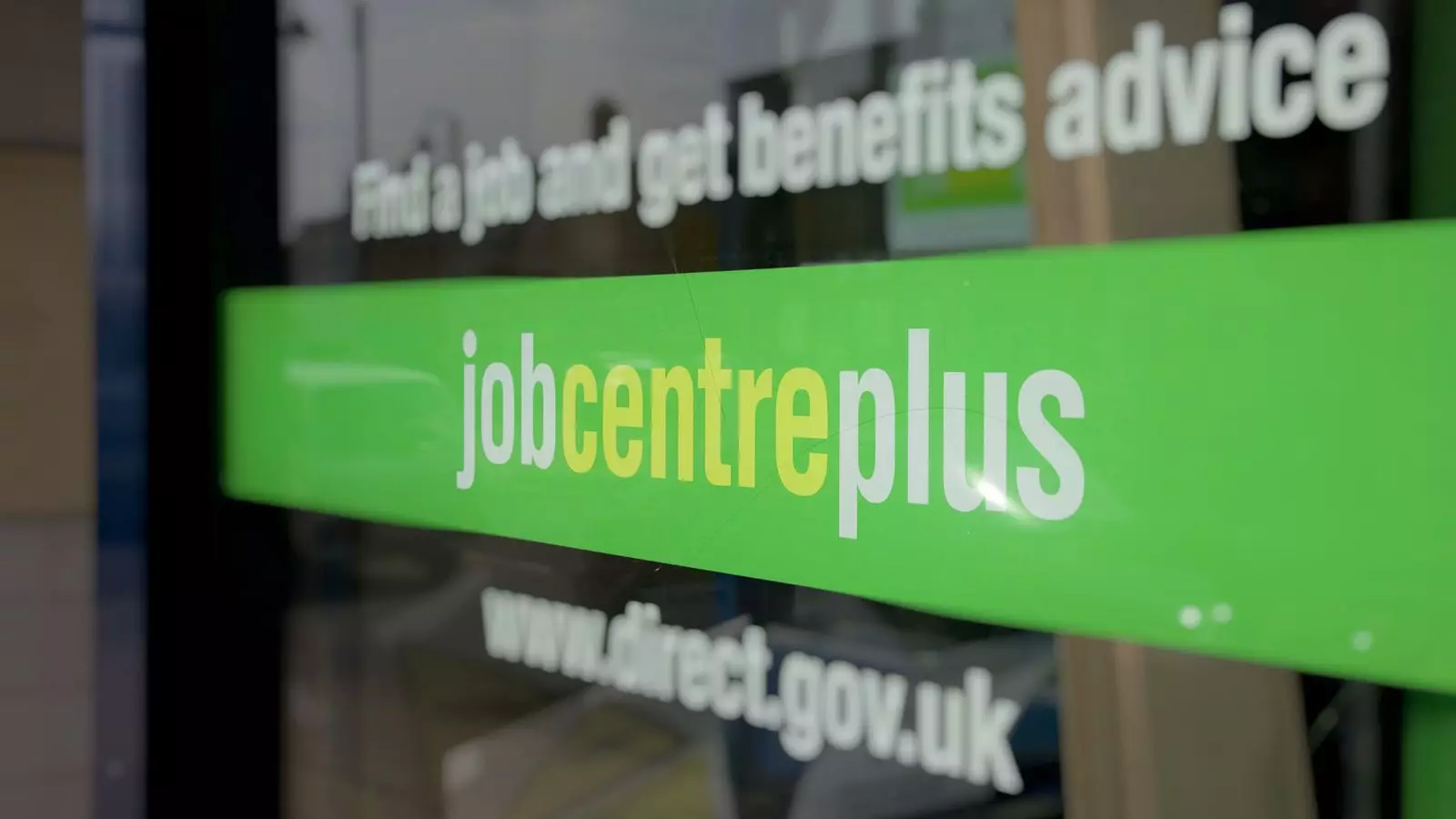In a landscape where economic resilience is increasingly being questioned, the United Kingdom’s recent unemployment trends present a disheartening narrative. As the jobless rate crept up to 4.6% in April—the highest figure recorded since July 2021—the cracks within the economy are becoming alarmingly visible. Official updates from the Office for National Statistics (ONS) indicate that over 1.6 million individuals are now languishing in the realm of unemployment. This rise in joblessness not only highlights the fragility of the labour market but also serves as a stark reminder that the socio-economic fabric of the UK could be fraying at the edges.
The uptick in unemployment arrives on the heels of newly instituted budget tax hikes aimed at stabilizing the nation’s precarious finances. It’s perplexing how a strategy meant to bolster the economy could simultaneously erode job security. The ONS data reveals that payroll numbers took a significant tumble, dropping by 109,000 in May—doubling the already dismal figures from April. This alarming trend not only marks the largest monthly decline in five years but raises considerable eyebrows regarding the government’s fiscal strategy and its efficacy in economic revitalization.
Taxes and Their Unsettling Consequences
It’s essential to scrutinize the government’s rationale for imposing such heavy tax burdens on businesses, especially when lobbying groups predicted potential fallout—job losses, inflationary pressures, and stagnation in wage growth being prominent concerns. Herein lies the paradox; while the Chancellor, Rachel Reeves, defends these policies as a necessary adjustment to cover a £22 billion deficit, the immediate economic repercussions feel overwhelmingly punitive. If tax increases were touted as a momentary evil for a greater good, the reality suggests otherwise. Businesses are evidently hesitant to hire or even replace existing workers, an instinctual yet detrimental reaction rooted in uncertainty and fear of increased operational costs.
And while rising employer national insurance contributions and living wage hikes are noble intentions, the fallout of such measures often transcends simplistic projections. It forces struggling businesses to make tough decisions, which often translates to job cuts rather than the cherished economic growth this government claims to champion. The reverberations of such decisions are particularly concerning for younger generations and those on the brink of economic stability—individuals left waiting for the government’s promises to translate into tangible support and employment opportunities.
Wages That Fall Short
Analysis of wage growth reveals an uncomfortable truth—while average weekly earnings have seen a slight increase, the rate of growth remains a mere 5.2%, sharply contrasted against an inflation rate hovering around 3.5%. In practical terms, this translates to weakened purchasing power for many households. The contradiction is stark; workers are presented with an illusion of wage growth while simultaneously grappling with the harsh reality of rising living costs. Is this really the trajectory we envisage as a nation? As economic activity reaches what some deem a ‘record high’, the reality hides a disturbing paradox—an economy thriving in numbers, yet faltering under the weight of its failed employment strategies.
Employment Minister Alison McGovern’s assertions that the government’s “Get Britain Working” initiative has sparked an economic renaissance seem increasingly disconnected from the lived realities of the populace. Yes, there are more people reportedly in employment, but are we simply counting those who have settled into precarious, low-wage roles? The purported surge in “real wages” since 2010 is a hollow metric when coming to terms with actual experiences at the ground level.
Future Prospects: An Uphill Battle
The imminent response from the Bank of England following these grim statistics is crucial. Current market expectations suggest a cautious approach, with hopes of any rate cuts being small and infrequent. In a climate where worker’s rights and fair wages hang by a thread, the Bank’s restraint could very well allow the stagnating labour market to spiral further into chaos. The interplay between a faltering economy and rising inflation requires deft management—something we have yet to convincingly see from those at the helm.
In the end, the current backdrop combines desolation and caution. The government’s response has been a series of band-aid solutions plastered over a deepening structural wound. As we navigate these challenging waters, the hope is that fearless leadership will emerge—one that prioritizes meaningful job creation over superficial economic indicators. The road ahead is undoubtedly rocky, but it is one that needs to be navigated with both urgency and integrity.


Leave a Reply